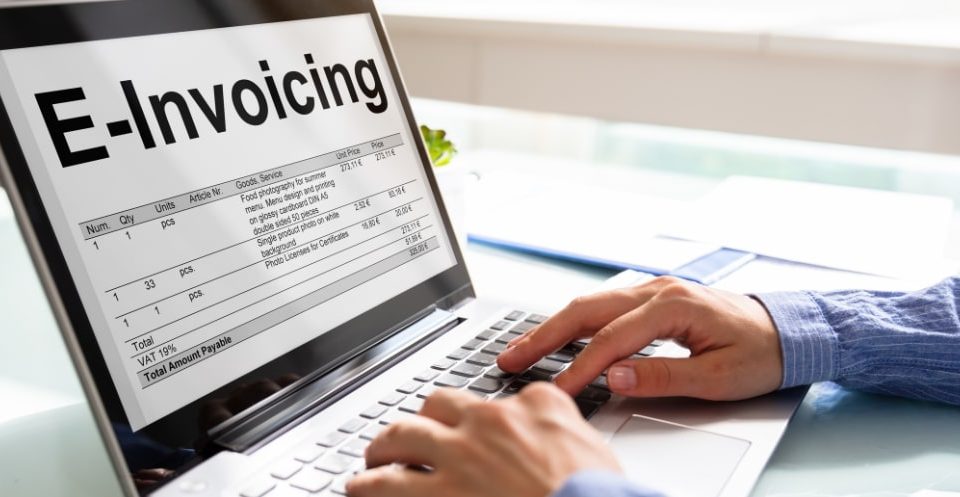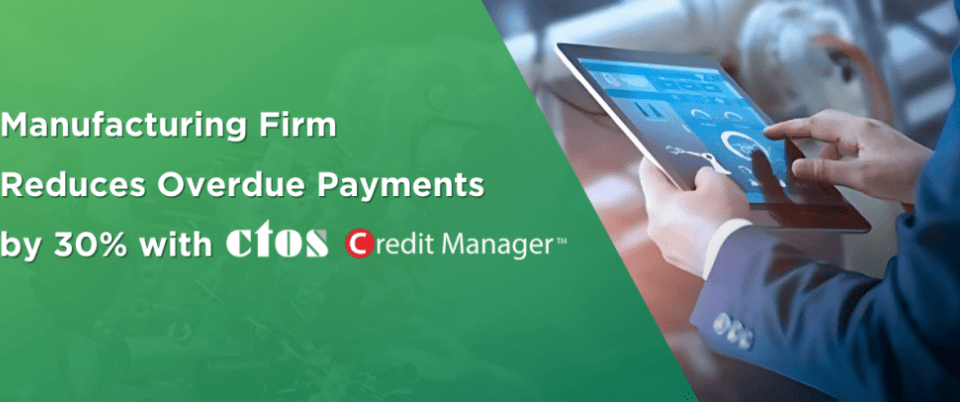
Cash flow is the lifeblood of any business, and managing it effectively is important to sustained success. It is crucial for any SME entrepreneur to know how much cash is coming in and going out of the business, as well as accurately forecasting sales and expenses.
It is important not to confuse cash flow with profit. A business doesn’t have to be profitable – especially in its early stages – but a robust cash flow is essential for survival. Good cash flow ensures operational continuity, preventing insolvency. On the other hand, a business making profit on paper may struggle with negative cash flow, possibly due to problems like delayed customer payments. This can jeopardize the business, especially when faced with unforeseen expenses like unexpected equipment repairs.
Here are six strategies to ensure your business is equipped to handle the fluctuation in cash flow.
- Forecast Cash Flow Accurately
The importance of accurate forecasting cannot be overstated when it comes to cash flow. By anticipating future income and expenses, you can proactively address potential shortfalls or allocate excess funds strategically. Technology such as accounting software can be used to refine your forecasting models.
- Streamline Receivables and Payables
Balancing your accounts receivable and payable significantly impacts cash flow. Tighten your grip on receivables by:
a) Implementing a robust invoicing process. It’s important to send an invoice immediately after delivering goods or services. Depending on the nature of your business, think about invoicing right away or every day. By using an e-invoicing system, you can invoice efficiently while saving on printing costs.
b) Consider requesting a payment halfway through or a deposit upfront if you are offering a service.
c) Offer discounts for early payments to encourage prompt settlements. This may hurt your profit margin, but if cash flow is tight you may have to rely on this option.
d) Negotiate favourable payment terms with suppliers to optimize your payables. You can do this by building up a good relationship with them, such as paying promptly and in full.
- Build a Cash Reserve
Creating a cash reserve is akin to building a financial safety net for your business. Set aside a percentage of your profits to cushion against unforeseen circumstances. This reserve can prove invaluable during economic downturns, ensuring your business remains resilient in the face of adversity.
The exact amount to set aside depends a lot on your business, but aim to have at least three to six months’ worth of cash reserves. You will want to make sure that your cash cushion can meet all your obligations (payroll, overheads, and loan repayments) during this period.
- Monitor Key Performance Indicators (KPIs)
Identifying and monitoring key performance indicators related to cash flow is essential. Liquidity metrics offer valuable insights into your business’ cash flow position, such as:
a) Current ratio, which is current assets / current liabilities. This measures a company’s ability to pay current, or short-term, liabilities (debts and payables) with its short-term assets such as cash, inventory, and receivables, usually within the next 12 months. A ratio of greater than 1.00 indicates a good cash flow position.
b) Quick ratio, which is (cash + accounts receivable) / current liabilities. It is a stricter test than the current ratio, used to determine if a business has enough liquid assets which can be instantly converted into cash to meet very short-term liabilities (within three to six months). As above, a ratio of greater than 1.00 indicates good cash flow.
c) Days sales outstanding (DSO) which is (accounts receivable / net credit sales) x days in period. It indicates the average number of days that it takes a business to get paid for a sale. A low DSO value shows better cash flow, demonstrating that the company is getting paid sooner.
- Recover Bad Debts
Recovering bad debts takes time and effort, and there’s no guarantee that you’ll get the entire owed sum back. Nevertheless, bad debt recovery helps cash flow greatly. You can start by issuing a letter of demand to begin the recovery process – and that is usually enough to scare debtors into paying. But if that does not help, submitting an electronic trade reference (eTR) to CTOS eTR database can encourage debtors to pay in a prompt, efficient manner.
- Manage Credit Risk
Another aspect related to invoicing is managing credit risk, especially if you are providing goods or services upfront. There is always a risk that your customer may not pay you back, especially if they are facing financial difficulties of their own. To ensure that their debts don’t turn bad, you need to:
a) Evaluate your customers before onboarding them. You don’t want to extend goods or services to them, only to find out later that they can’t pay. Customer evaluation can be done by checking their financial health and repayment history with credit reports such as those offered by CTOS.
b) Review and monitor the financial situation of your existing clients regularly. Your customers’ financial situation can change over time, and you must stay on top of this to protect your cash flow. For example, if it looks like your customers’ financial situation is worsening due to decreasing revenue, you can renegotiate their credit terms or demand upfront payment.
Cash flow management is not a one-time task but an ongoing process that requires adaptability and foresight. It is a perpetual challenge for businesses, but it is also the key to longevity and growth.
One of the tools that you can use to make cash flow management easier is CTOS Credit Manager, Malaysia’s No. 1 Credit Management Solution. You can use it to manage credit risk by evaluating prospective customers and business partners with CTOS Reports, monitoring their financial situation automatically, as well as improve your debt recovery measures with access to CTOS eTR system.




